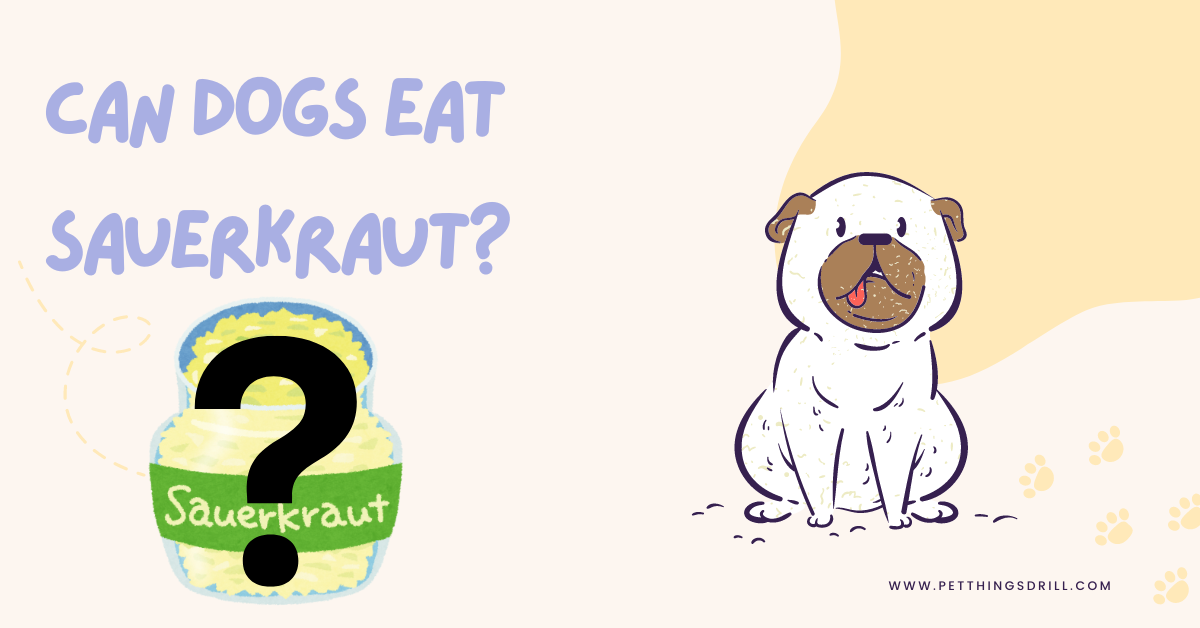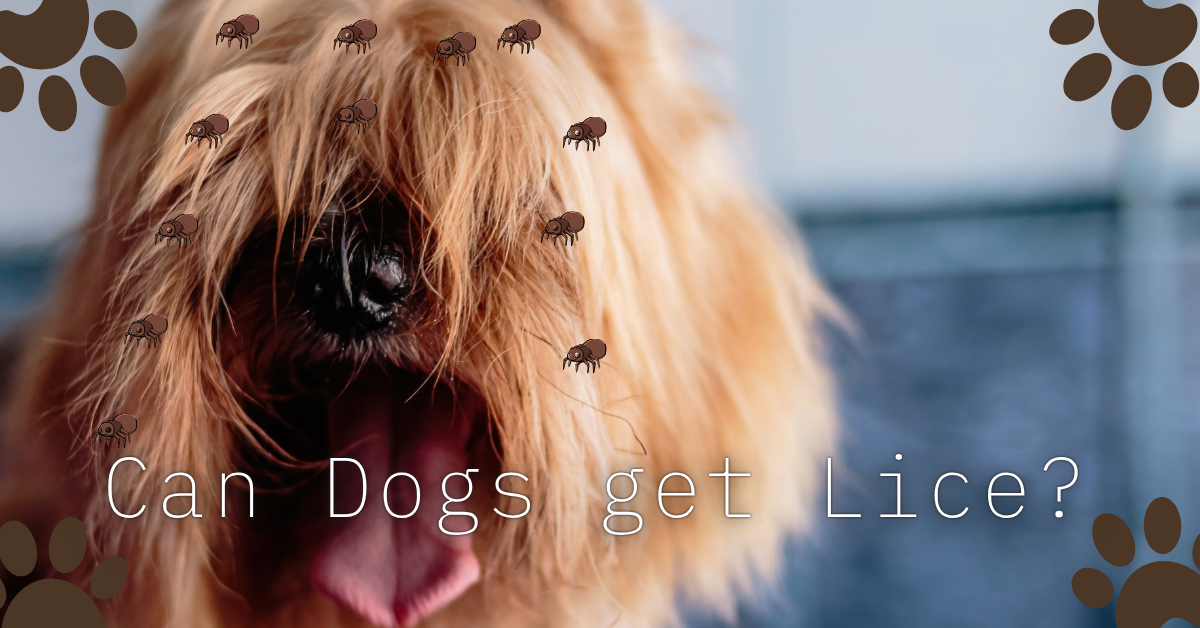

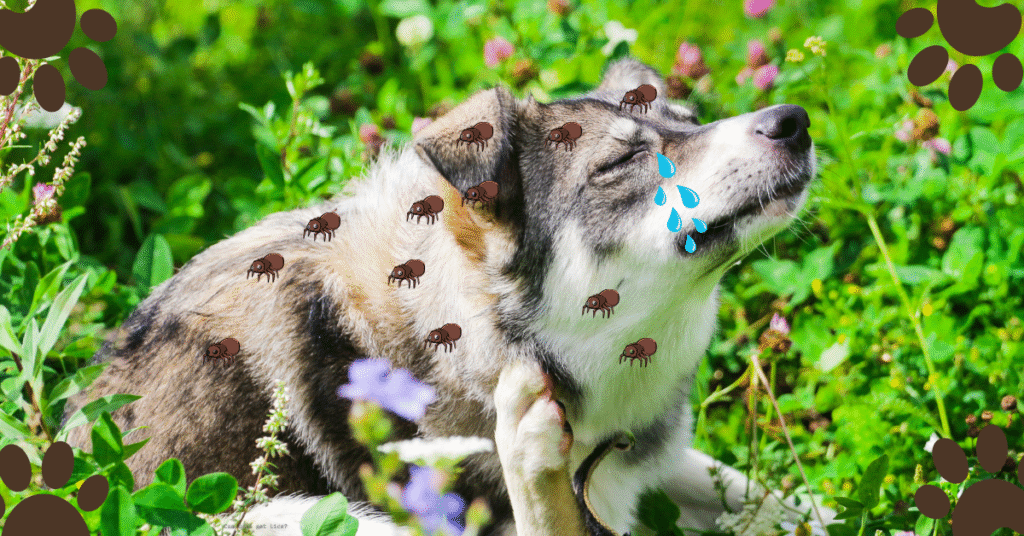
One of the biggest fears as a pet owner is your dog getting sick or contracting diseases from you. The most common concern is can dogs get lice? These tiny parasites dwell on the human scalp and survive on human blood. Now the standing question is whether these dangerous parasites can be transmitted to your four-legged furry friend. Read through and learn everything it is to know about dogs and lice. This article is a comprehensive guide where I will unravel everything you need to know about lice infestation in dogs, including diagnosis, treatment, and warning signs.
Types of Lice:
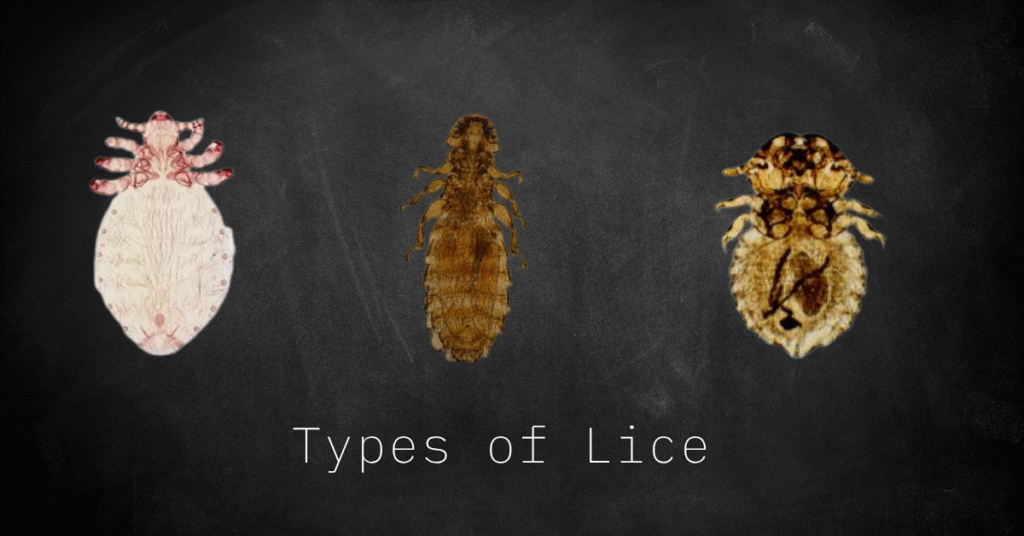
Before we begin, you need to understand different types of lice that can infect a dog. Here are two most common types of these parasites, answering the question, can dogs get lice from people?
Sucking Lice:
The most commonly known sucking louse is Linognathus setosus. This type of lice survives solely on blood. Their mouth is pointed and sharp, enabling it to suck the blood of their victims. They are commonly found in tropical and subtropical areas. The countries where these lice are commonly found are India, Africa, the northern and southern regions of America.
Chewing Lice:
Two commonly known chewing lice types are Trichodectes Canis and Heterodoxus Spiniger. It eats the debris from the surface. It usually infest for 30 days. The parasite is mostly found in tropical areas. The most dangerous thing about these two lice is that it can be a vector for tapeworm, causing serious health issues
Signs of lice infestation:
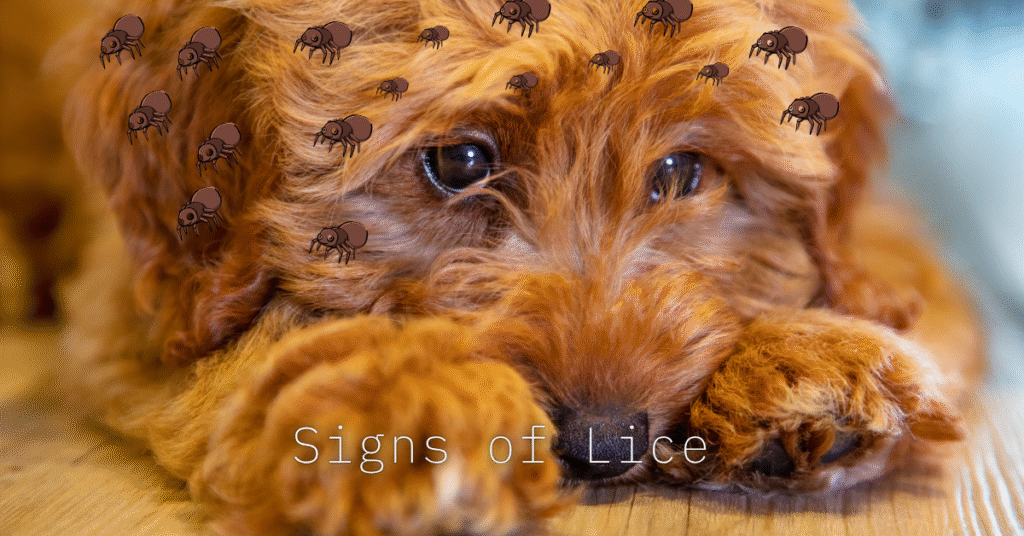
Can a dog get lice from a human? Lice are about 2 millimetres in size; therefore, you need to focus hard to find one in the coat. Therefore, upon contact, the dog will visibly show signs of discomfort. Here are some signs to look for:
Uncontrollable itching:
For everyone who asks: Can Dogs Get Lice? The first sign you will notice upon lice infestation is uncontrollable itching. The profound itching wouldn’t go away. This sign is also common for flea infestation. However, the flea comes out of the fur pretty quickly. You will notice visible discomfort during the dog’s dietary intake.
Matting of the coat:
A matted coating is another common sign of lice. It can also indicate a multitude of coat problems. However, if you notice rapid matting, your first step should be to the veterinarian.
Constant restlessness:
Lice can cause a lot of restlessness to the dog. Canines can feel lice crawling over their skin all the time, which ultimately causes the feeling of sheer discomfort and agitation. The lice infestation keeps dogs hyper and on the edge all day long, thus raising the owner’s inhibition.
Anemia:
Can cats and dogs get human head lice? Anaemia is a disorder where the red blood cell count is reduced to an alarming number for both felines and canines. It is believed that prolonged lice infestation can take your dog on the road of anaemia and make it extremely sick. The dog keeps losing blood in small yet frequent amounts, therefore making it anaemic.
Can dogs get head lice from people? Scabs and infections:
Bacterial infection and wounding is very common since the dogs keep scratching. The dogs also tend to bite where it is itching. Canine starts losing hair from the areas where lice and its eggs are mostly found therefore exposing the wounds.
Diagnosis:
The first diagnosis comes from the pet parent. Once you find all of the above-mentioned signs and symptoms, it is then time to visit the veterinarian and discuss your dog’s condition. Vets take a sample of the dog’s coat and run it through a lab test to conclude the infestation. Lice need a moist environment to grow and copulate; therefore mostly it is found around the anus and abrasions.
Treatment for lice:
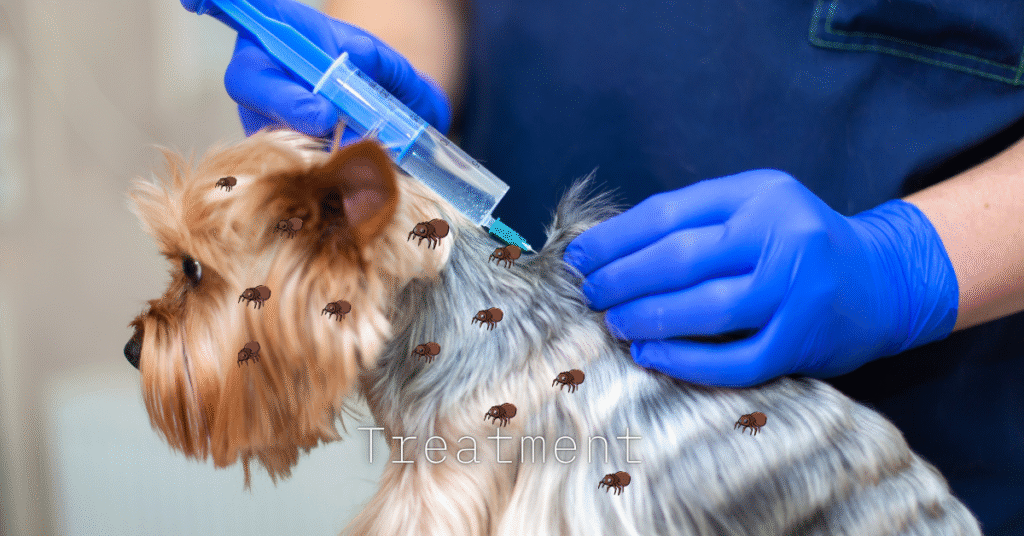
Lice treatments are fairly easy. As soon as the vet diagnoses the infestation, they will prescribe topical ointments, shampoo, or soap. These options contain chemicals like pyrethrin, pyrethroid, and lime-sulfur.In some cases, doctors may prescribe a treatment used to treat flea infestation. In the case of a matted coat, it is advised to shave the area in contact as it can absorb the prescribed treatment options.
Preventative measures
Dogs do not contract human lice, but they can get infested by other dogs who have lice. Keeping them away from lice will not just keep the dogs healthy but also ensure their comfort, prevent skin irritations, and stop the infestation from spreading to other pets in the household. Dog health issues need immediate intervention by the dog parents.
Warning Signs:
A dog shows tell-tale signs of having lice, giving you enough time to evaluate the situation and work accordingly. If you notice hair loss, skin inflammation, or extreme discomfort that worsens with time, it is time to visit the veterinarian. These extreme cases only appear when the dog is infested with lice for more than 3 months. As soon as the treatment begins, the dog starts feeling comfortable.
FAQ:
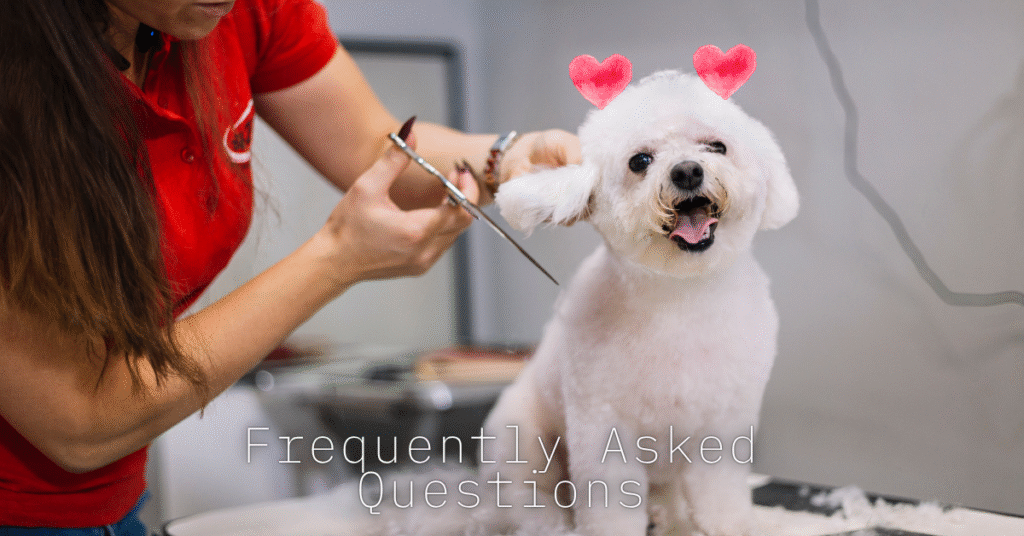
Can human lice get on dogs?
The answer for everyone who keeps asking, can dogs get head lice from people? No, human lice can not get on dogs as it can not function or sustain in the environment.
Can I get lice from my dog?
For everyone inquiring: Can dog lice get in human hair? Dog lice are very specific; therefore, it also can not survive on the human scalp. It might be worrisome,but rest assured, your dog’s infestation will not be transferred to you or any other family member.
How did my dog contract the lice?
The dogs only get lice when they come in contact with an infested canine. In some cases, if the dog comes in contact with the contaminated object, lice infestation becomes inevitable. Items that may contain dog lice are:
- Grooming tools, like a trimmer or a brush.
- Bedding or blankets.
- Clothing items, harnesses, or dog collars.
- Your dog’s visit to a shelter, park, kennel, or grooming parlors.
What is the lifespan of dog lice?
Dog lice live for about 3 to 4 weeks. Moreover, they spent the entire life cycle being attached to the host, laying eggs that adhere to the shafts of the hair. The following is a detailed outlook of the lice’s lifespan:
- Egg stage:
This stage is also called a nit stage. The egg hatches in about 1 to 2 weeks after it is attached to the hair shaft.
- Nymph Stage:
In this stage, the lies are still immature. They transition into adulthood 2 to 3 weeks.
- Adult Stage:
This is the age when the lice start to mate and lay eggs. The average lifespan of an adult life is 3 to 4 weeks
How long does lice treatment last?
Lice infestations are not that easy or quick to get rid of. Therefore, it is advised to use the prescribed medication every one to two weeks for four weeks straight. These insecticides only kill adult lice and have little impact on the nits; therefore, using them regularly ensures that as soon as the lice hatch from the egg, it is being targeted.
Conclusion:
While dogs can’t get lice from humans, they can certainly suffer from lice infestations when exposed to infected animals or contaminated items. Early detection and prompt treatment are key to managing the problem effectively. By keeping your dog away from potential lice carriers and maintaining good hygiene, you can ensure your furry friend stays comfortable and healthy. If you suspect an infestation, don’t hesitate to consult your vet for proper diagnosis and treatment

